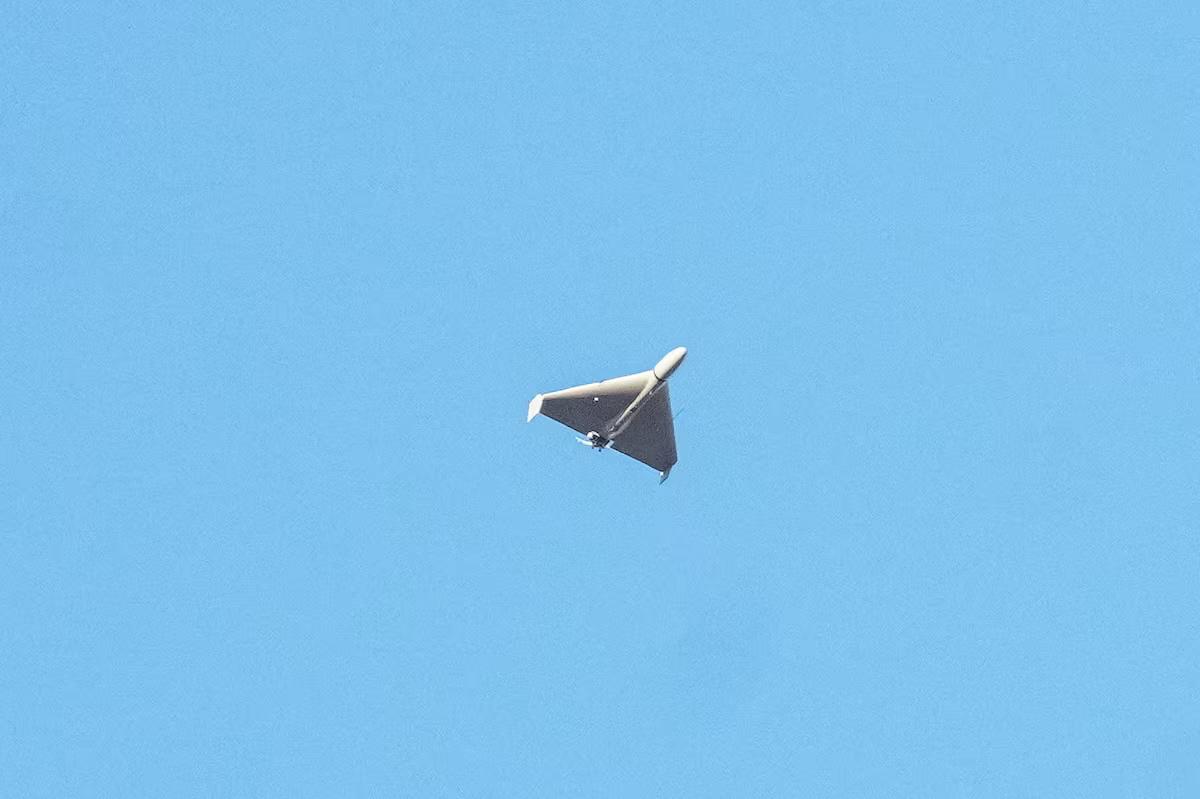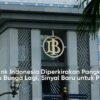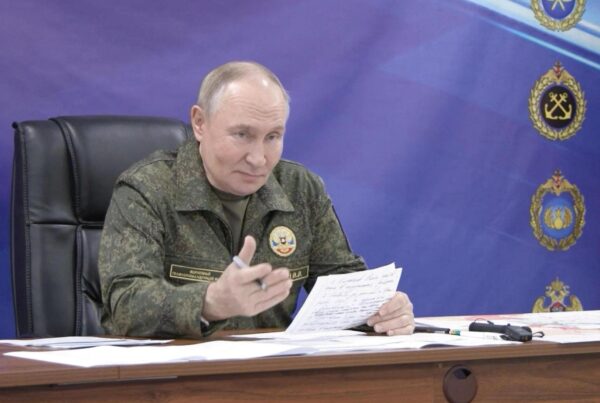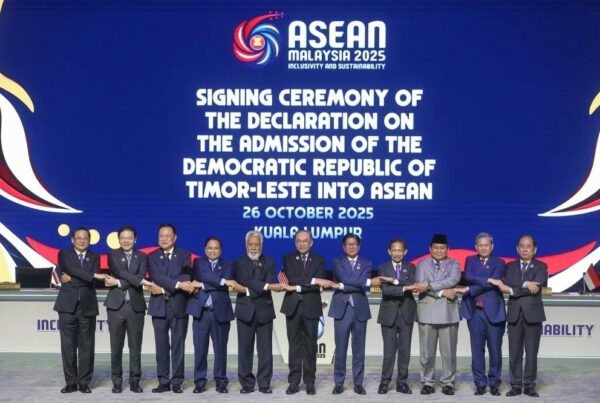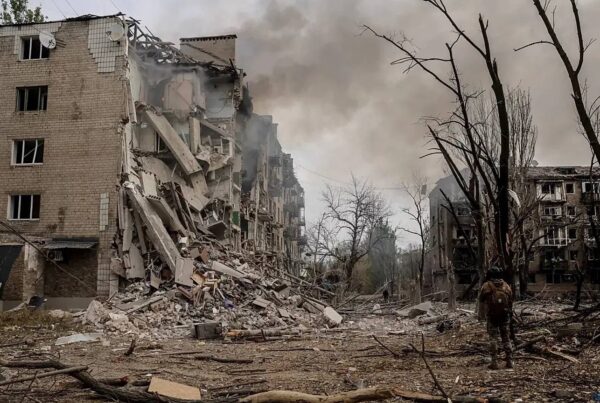European security officials and documents reviewed by Reuters reveal alleged involvement of Chinese drone experts in a project to develop Russia's military drone systems. They are said to have repeatedly traveled to Russia to help with testing and assembly of drones at the IEMZ Kupol facility, a state weapons manufacturer that is on the Western sanctions list. This information increasingly strengthens the indications of a close relationship between Russian companies and Chinese technology suppliers amid the war in Ukraine.
Based on the documents, the visit was not only limited to observation. The Chinese technicians are suspected of making a direct contribution to the flight test as well as to the training of Kupol staff. In addition, invoices, bank statements, and airline tickets show a pattern of consistent involvement throughout 2024 and 2025. This finding deepens Western concerns that Russia remains capable of maintaining its military supply chain despite being hit by waves of international sanctions.
Collaboration between China and Russia in the drone industry.
The latest Reuters report shows that since the second quarter of 2024, more than half a dozen visits have been made by a group of drone experts from China to the Kupol facility in Izhevsk. This visit coincides with the delivery of various types of attack and reconnaissance drones manufactured in China through TSK Vector, the Russian defense procurement company that is on the United States and European Union sanctions lists.
Drone shipments include the A140 and A900 models manufactured by Sichuan AEE, as well as the HW52V VTOL model manufactured by Hunan Haotianyi. Kupol's internal memo emphasizes that several flight tests were conducted in Chebarkul, Chelyabinsk Oblast, involving foreign technicians described as employees of TSK Vektor. However, European security officials assess that they are actually staff of a Chinese drone company.
Flight test of the new model
The Reuters-reviewed document notes that the A60, A100, and A200 models were tested in the last quarter of 2024. During that trial, the experts from China were present in person to oversee the device's performance and provide technical input. Invoices in the second quarter of 2025 even show the purchase of the A200 with an additional anti-jamming device worth more than 5 million yuan, equivalent to 700 thousand dollars.
In addition, several other reports mention plans to adapt the flight control computer system and new China-made engines to be installed on the Garpiya drone. This drone itself has been produced by Kupol in the thousands, with most using engines of Chinese origin, according to a Reuters report in July 2025.
Hunan Haotianyi and the Footprints of Visits
Not only Sichuan AEE, but another company named Hunan Haotianyi has also joined the collaboration chain. Reuters obtained a flight-test report of the HW52V drone that was certified by Kupol together with TSK Vektor in the third quarter of 2024. Interestingly, the flight tickets show Liu Mingxing, the CEO of Hunan Haotianyi, traveling with Artem Vysotsky, the head of the drone department of TSK Vector, from Irkutsk after attending a drone exhibition.
European security officials assess that the technicians who repeatedly appeared during visits to Kupol originate from Hunan Haotianyi. Their presence in Russia repeatedly throughout 2024 and 2025 is said to be directly related to the project to integrate flight-control systems and new engines. In fact, Kupol's internal report in the third quarter of 2025 mentions plans to develop a new drone named GA-21, which is suspected to be based on the Iranian-made Shahed-107 design.
Official Reaction and International Pressure
The Chinese government responded to this report by stating that it was not aware of the existence of such technical collaboration. In an official statement, the Chinese Ministry of Foreign Affairs asserted that Beijing has never supplied lethal weapons to any party in the Ukraine conflict. They also emphasize that the export of dual-use goods, including drones, is tightly controlled.
However, European security officials view the fact of visits by Chinese experts and evidence of drone shipments as showing a pattern of collaboration that is deeper than mere commercial trade. Moreover, evidence in the form of travel documents, invoices, and flight-test reports demonstrates the active role of Chinese technical staff in the field.
Russia's position and Kupol
The Kremlin, the Russian Defense Ministry, and the IEMZ Kupol side refused to comment on this finding. Meanwhile, TSK Vektor as the main intermediary in the procurement chain also did not respond to requests for clarification. This adds to the mystery and reinforces the impression that this project is being conducted with a high level of secrecy, even though the administrative traces are difficult to erase completely.
Western Expert Analysis
According to Samuel Bendett, a researcher at the Center for a New American Security in Washington, China's role in Russia's military supply chain is becoming increasingly vital. He considers Chinese-origin components, especially for unmanned aerial drone systems, to have become the mainstay of Russia's production. This statement is in line with Western intelligence findings that highlight a surge in the use of Garpiya drones on the battlefield in Ukraine, estimated to reach 500 units per month.
Implications for the War in Ukraine and Western Sanctions.
The involvement of Chinese drone experts in the Kupol project shows that Russia still has technical and logistical channels to sustain military production. This prolongs Russia's offensive capability through cheap, effective drone systems that are difficult for Ukrainian air defenses to stop.
For the West, this finding poses a major challenge to enforcing the sanctions regime. The fact that components and machines originating in China continue to flow into Russia, whether through intermediaries or direct shipments, indicates a gap in the export control mechanism. Thus, there will most likely be additional pressure on the Chinese companies involved as well as new diplomatic steps to pressure Beijing.
Moreover, this case could worsen relations between China and Western countries that already view Beijing's position in the Ukraine conflict with suspicion. Although China strives to maintain a neutral image, evidence of technical collaboration with Russia makes that claim harder to believe.
Technical collaboration between Chinese drone experts and the Russian weapons factory Kupol adds to the complexity of the war in Ukraine and opens a new chapter in geopolitical tensions. Although Beijing denied the allegations, the factual evidence from travel documents, invoices, and test reports showed a different picture. This situation shows that the Russian drone supply chain is increasingly dependent on technology from China. To learn about the latest developments regarding the war in Ukraine, international sanctions, and the geopolitics of Asia and Europe, readers can follow another in-depth report on Insimen.
Discover more from Insimen
Subscribe to get the latest posts sent to your email.

